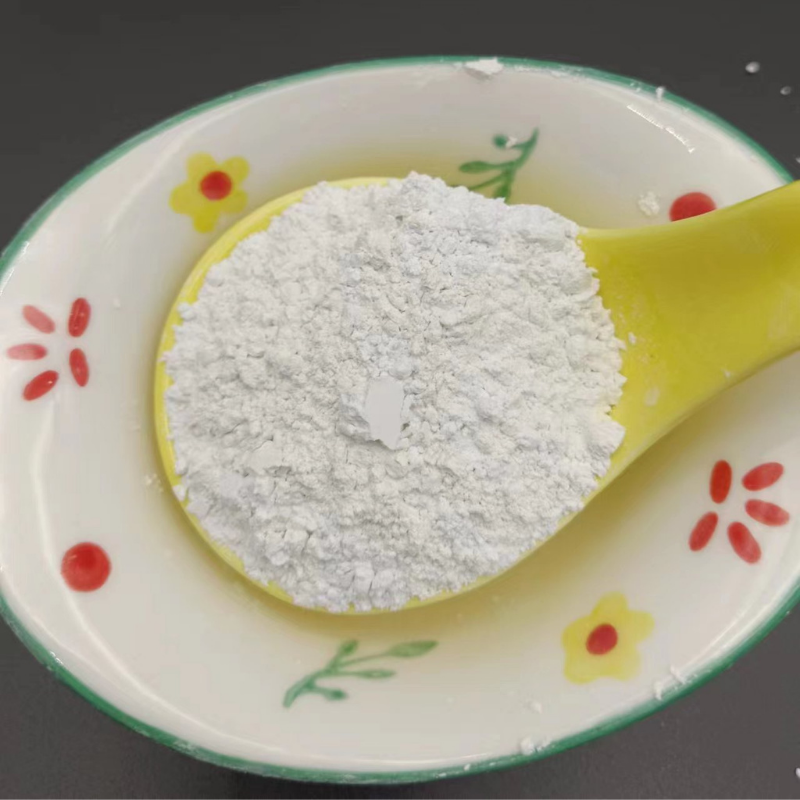
Exploring the Benefits and Applications of Vermiculite in Gardening and Construction Projects
Understanding Vermiculite A Versatile Mineral for Various Applications
Vermiculite is a naturally occurring mineral that has gained significant attention in recent years due to its unique properties and wide range of applications. This hydrous phyllosilicate mineral, which is pearly to golden-brown in color, is composed of magnesium, iron, and aluminum silicates. When heated to high temperatures, vermiculite expands significantly, a process known as exfoliation. This creates a lightweight, porous material, making it an invaluable resource in multiple industries.
The Properties of Vermiculite
One of the most notable characteristics of vermiculite is its ability to retain moisture. This property makes it an excellent medium for gardening and horticulture, as it enhances soil aeration and water retention. Vermiculite is pH neutral and contains essential trace minerals, which contribute to healthier plant growth. Furthermore, it is sterile and free from pests, making it a safe choice for both indoor and outdoor gardening.
In addition to its moisture-retaining capabilities, vermiculite is also fire-resistant, a trait that has significant implications for construction and insulation. When used in building materials, vermiculite can provide thermal insulation, helping to maintain temperatures while also reducing energy costs. Its lightweight nature allows for easier handling, making it a desirable option for builders and architects looking to improve energy efficiency in their designs.
Applications of Vermiculite
Vermiculite's unique properties have led to its use in a variety of applications. Its most common use is in agriculture and horticulture, where it is employed as a soil amendment. By improving the texture of soil, vermiculite promotes healthier root growth and increased nutrient availability for plants. Gardeners often incorporate it into potting mixes and seed starting formulas to create an optimal growth environment.
vermiculite 4

In construction, vermiculite is frequently utilized as an insulation material. Its fire-retardant qualities make it suitable for use in walls, attics, and ceilings. Vermiculite insulation can help to reduce energy costs due to its effective thermal resistance. Additionally, this mineral is used in acoustical ceilings and drywall, where it can help to mitigate noise pollution.
Another innovative use of vermiculite is in packaging. Due to its lightweight and absorbent nature, it is often used as a protective filler for fragile items during shipping. Companies value vermiculite for its ability to cushion products while also being environmentally friendly, as it is a natural mineral that is non-toxic and biodegradable.
Environmental Considerations
While vermiculite offers numerous benefits, it is crucial to consider its sourcing and environmental impact. Mining activities can lead to ecological disruption if not conducted responsibly. Therefore, it is essential for businesses and consumers to support sustainable mining practices that prioritize the health of ecosystems and local communities.
Additionally, users should be aware that some vermiculite, particularly that sourced from specific areas, may contain asbestos, which can pose serious health risks. It is vital to verify the source of vermiculite and ensure it is certified asbestos-free before use, especially in applications where it may become airborne.
Conclusion
In conclusion, vermiculite is a remarkable mineral that plays a pivotal role across various fields, including agriculture, construction, and packaging. Its unique properties, such as moisture retention, fire resistance, and light weight, make it a favored material for many applications. As awareness of its benefits grows, it is essential to be mindful of the environmental implications and ensure responsible sourcing. With proper management and sustainable practices, vermiculite can continue to be a valuable resource for generations to come.
Share
-
Premium Pigment Supplier Custom Solutions & Bulk OrdersNewsMay.30,2025
-
Top China Slag Fly Ash Manufacturer OEM Factory SolutionsNewsMay.30,2025
-
Natural Lava Rock & Pumice for Landscaping Durable Volcanic SolutionsNewsMay.30,2025
-
Custom Micro Silica Fume Powder Manufacturers High-Purity SolutionsNewsMay.29,2025
-
Custom Mica Powder Pigment Manufacturers Vibrant Colors & Bulk OrdersNewsMay.29,2025
-
Custom Micro Silica Fume Powder Manufacturers Premium QualityNewsMay.29,2025






